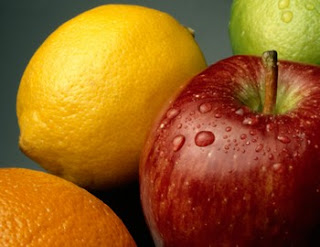Back in the times before there were scales and fitness centers, the early men and women were battling not against the bulge, but for their survival. They weren’t concerned about the way that their clothing fit because they needed to find food in order to survive.
While this sounds melodramatic, early man was actually the reason for the way our metabolisms work today. When you’re placed into a situation where you don’t know if you’re going to be able to find food, the body finds ways to adapt to these dire conditions. And that survival instinct is why we store fat.
The Truth About Storing FatFat isn’t really an enemy. It helps protect our inner organs and helps to store energy for later use. The problem with fat is when we have too much and it begins to affect other parts of our body.
For example, visceral fat is that which is stored in our abdomen and while that does protect our inner organs, it has also been attributed to higher cardiovascular disease as well as certain cancers.
Some fats can also seem into our bloodstream and cause problems in that manner. However, overall, it’s not fat that’s the enemy nor is why we store fat a problem – it’s just how much we’re holding onto.
The Kinds of Fat that We EatThere are a number of different kinds of fat that we might take in and store in our body. These include:
- Saturated fats
- Unsaturated fats
Saturated fats are the ‘bad’ fats. These tend to be found in processed foods like chips and pre-packaged foods. These fats are made out of longer chains of chemicals, which makes them harder to break down in the body. You can find these as solids at room temperature, as in the case of butter. These kinds of fats are linked with heart disease and other heart related disorders.
Unsaturated fats are the ‘good’ fats that you can eat. These come from natural sources like olives (as in olive oil) and avocados. These are broken down into monounsaturated fats and polyunsaturated fats. But they’re still a concern in why we store fat as they are higher in calories than other lower fat choices.
Another unsaturated fat that is bad and is a major concern in why we store fat is trans fats. While these are created from vegetable oils, they way they are processed makes them dangerous for our bodies. The chemical composition of these fats makes them ‘sticky’ on our arteries and can cause health problems when eaten in larger quantities over time.
What Body Fat Does For Our BodiesWhile we’ve touched open some of the reasons why we store fat, there are others that you might not know.
For example, women tend to store more fat in their bodies in order to be able to support the energy it takes to have a baby. Women store fat in their hips and their thighs for this reason. Not only does this fat cushion the body itself, but it also provides energy for the advancement of the child’s development.
Another reason why we store fat is to have the right combination of chemicals to process certain vitamins. Fat-soluble vitamins can only be used by the body if we have fat to process them with. Vitamins like A, K, and D are all fat soluble. Without the fat on our bodies, these vitamins can not be used in vital processes as well as growth and cell repair.
And yet another reason why we store fat is because we need the fat to adjust and regulate our body temperature. When you see babies that are just born, you will notice that they do not have a lot of fat on their bodies to regulate their temperature. As they grow and take in calories, they will become bigger and better able to keep warm. Our bodies as adults also need fat to help keep in warmth as well.
